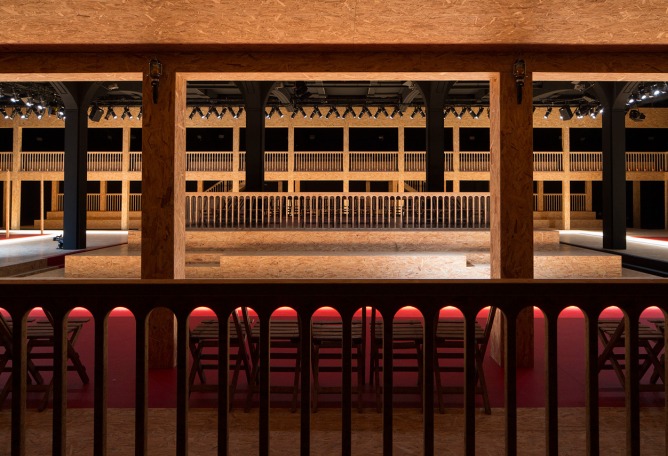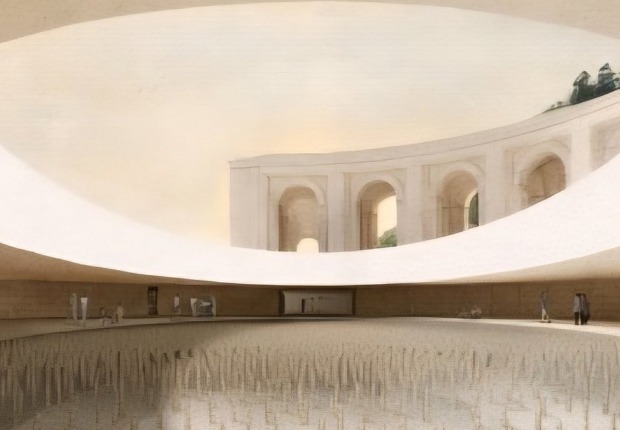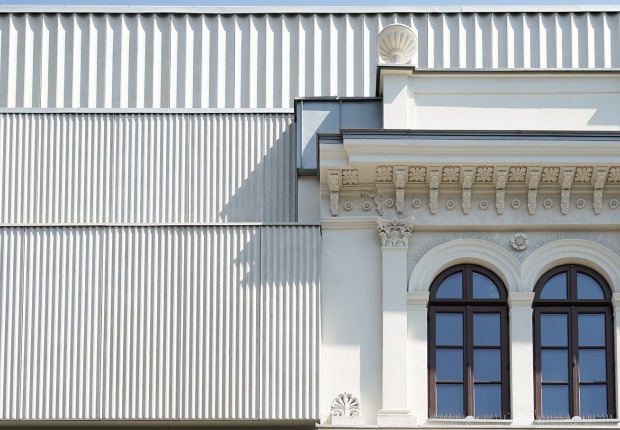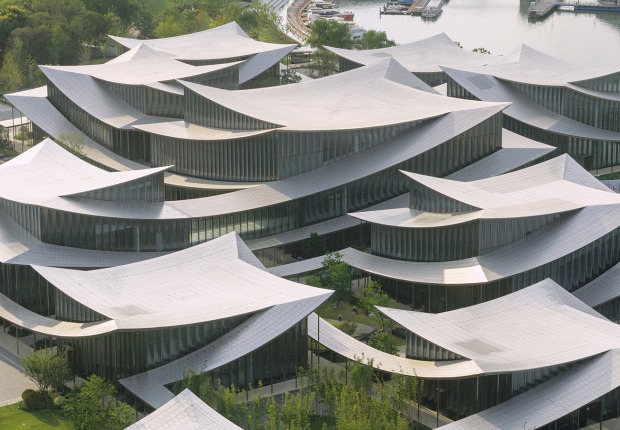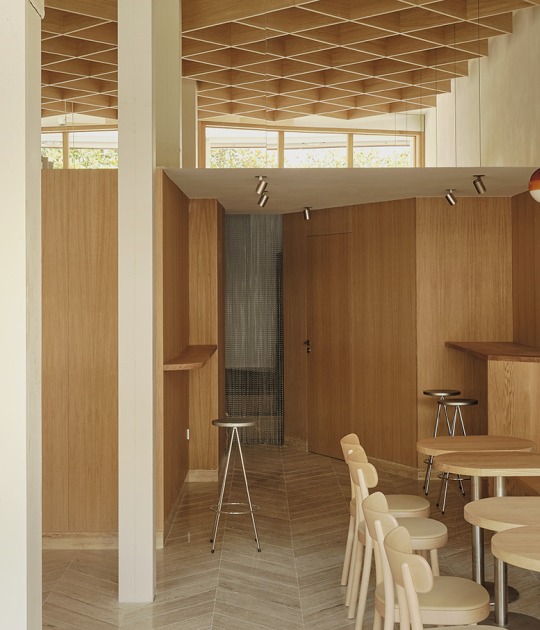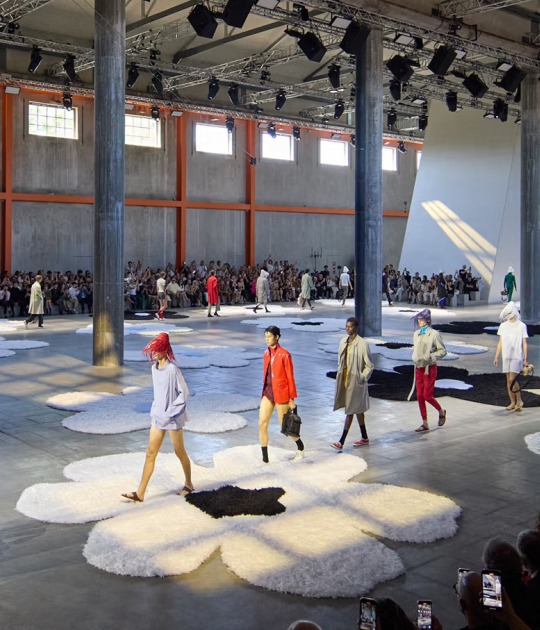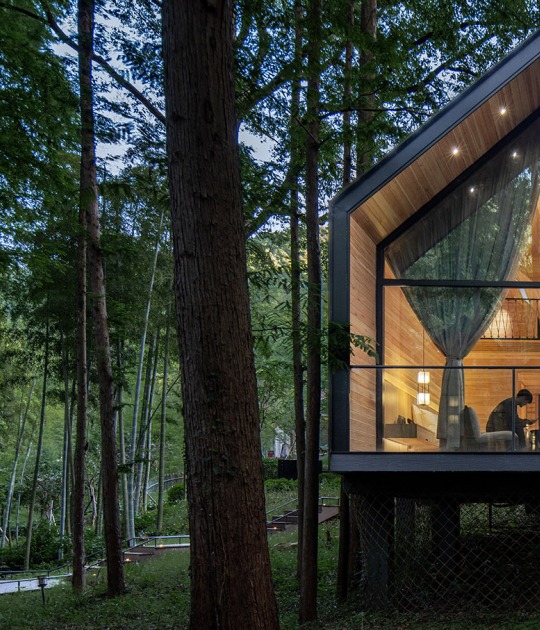The assemblage of recorded impressions and digital reactions inserts itself into the once autonomous narrative of the fashion show. The statement of the collective spreads. The mass of fragmented instant data is uploaded and critiqued by a multitude of voices. This consumption of images is like a public trial, a contemporary transposition of the Auto-da-fé (1).
OMA vs AMO's Latest Prada runway is inspired by 17th century Auto-Da-Fé trials.
For the 2016 Fall Winter Prada show, AMO takes inspiration from the traditional public stages and places of civic ceremonies (2). Placed around the periphery of the room, a system of balconies and tribunes defines the central space. Similar, yet different they create an imbalanced symmetry (3). A raised viewing platform is inserted into the middle of the room, dominating the catwalk.
A journey of sights and sounds amidst the inspirations of the Prada F/W 2016 Men's and Women's show.
This assemblage of structures breaks through the building, expanding into the surrounding streets and urban domain. A new entrance, marked by a ceremonial gateway, creates an oneiric (4) passage from street to show. Guests gather on the balconies, tribunes and central platform in crowds according to a series of spatial hierarchies. No longer bystanders, they become active participants in the ritual unfolding around them.
The OSB wood cladding counters the simplicity of the structures. An irregular pattern of red and dark patches covers the surface, while dramatic lighting enhances its uneven texture. The dark and enigmatic chiaroscuro atmosphere is enhanced by a theatrical use of lights.
NOTES.-
1) The Auto-da-fé is a:
a) public penance of condemned heretics
b) title of the English edition of the novel by Elias Canetti, Nobel for Literature in 1981 and author of Crowds and Power (1960).
2) Indirect reference to the Auto-da-fé ceremony.
3) Reference to the work of Maurits Cornelis Escher.
4) Reference to Calderon de la Barca – La Vida es un Sueño (Life is a Dream, 1635) describing the relationship between dreams and reality.


